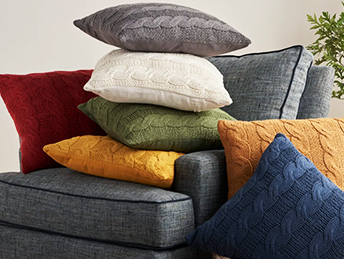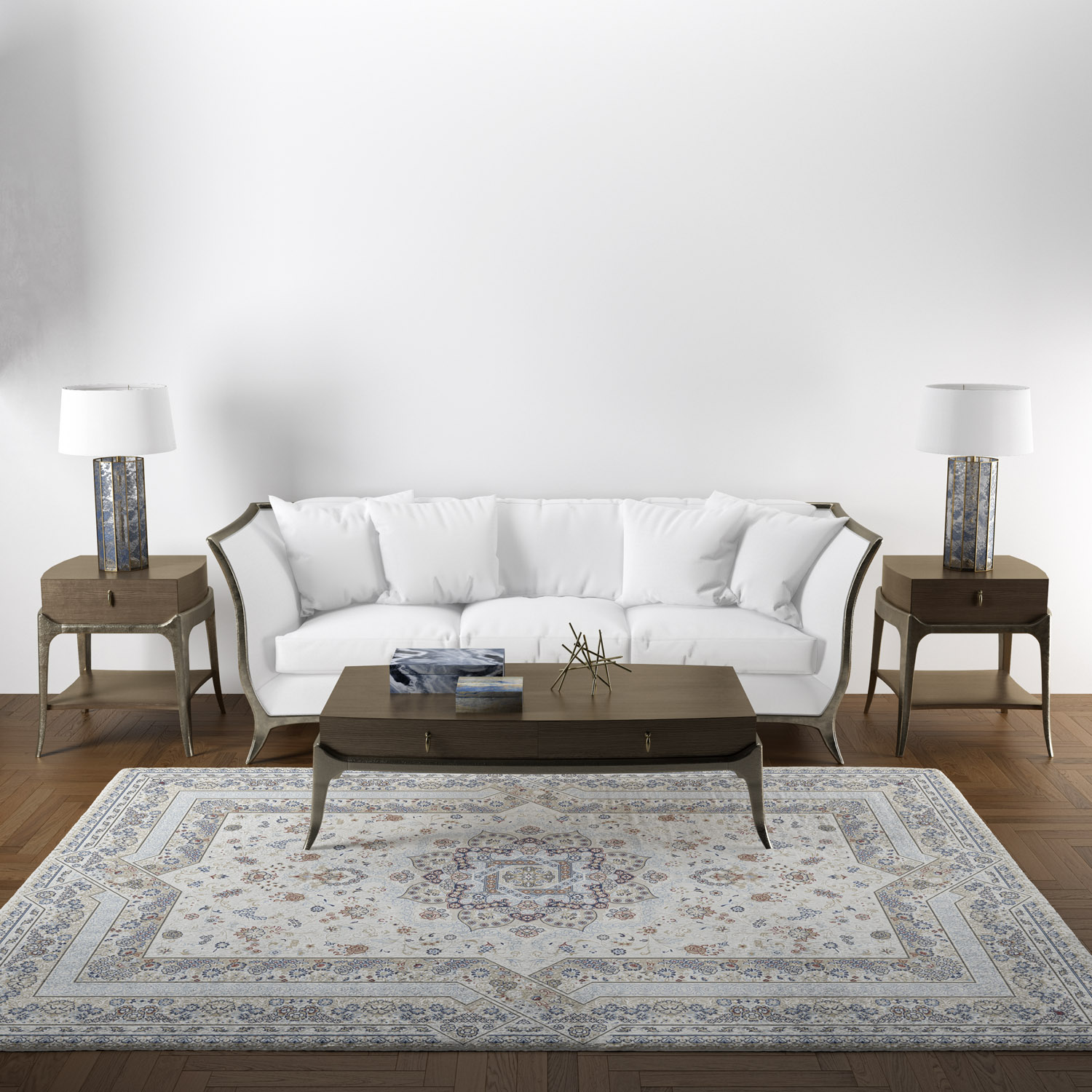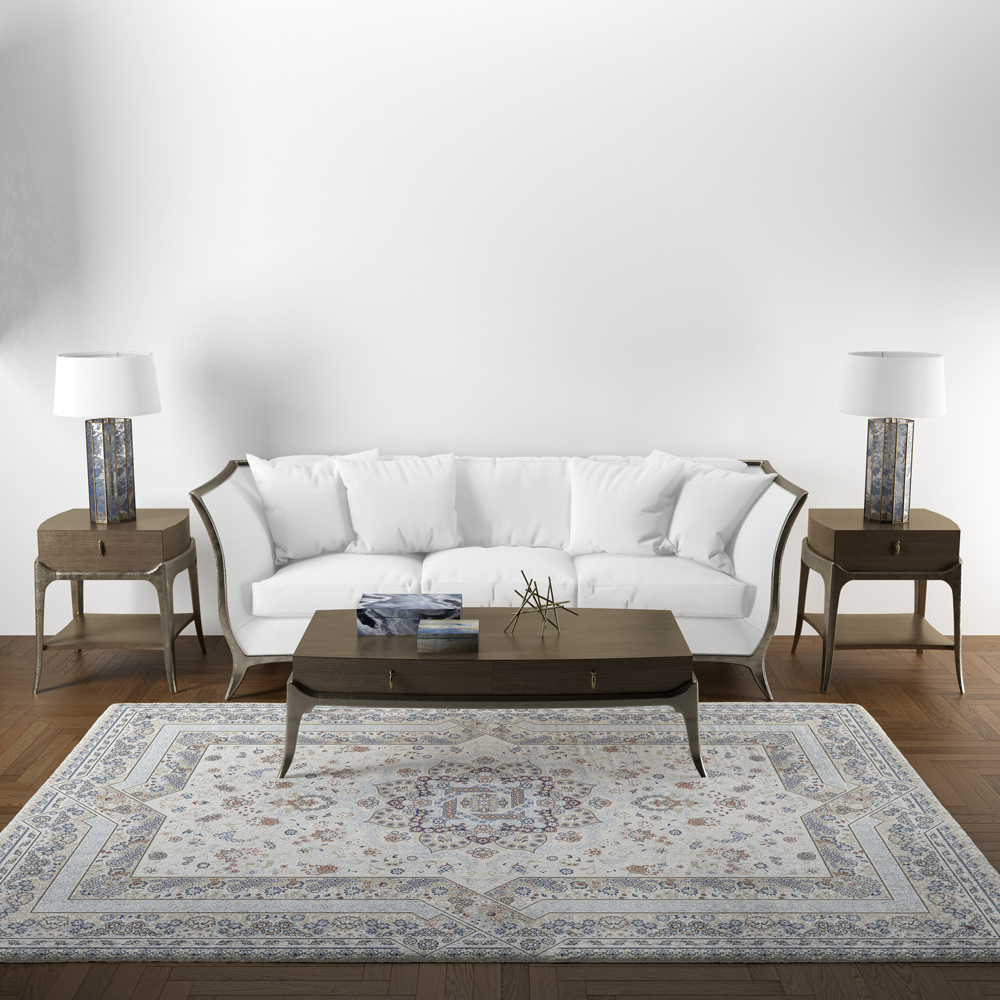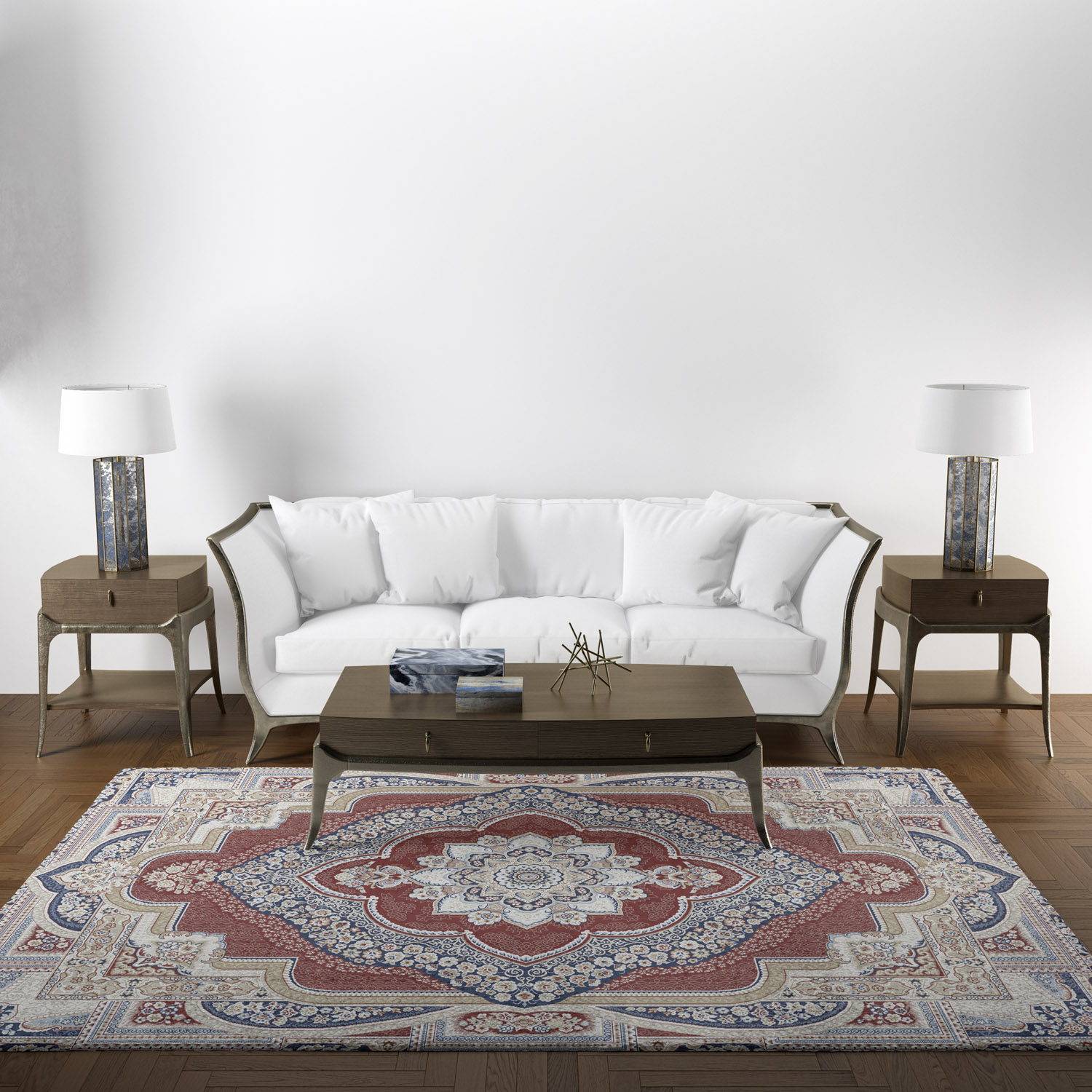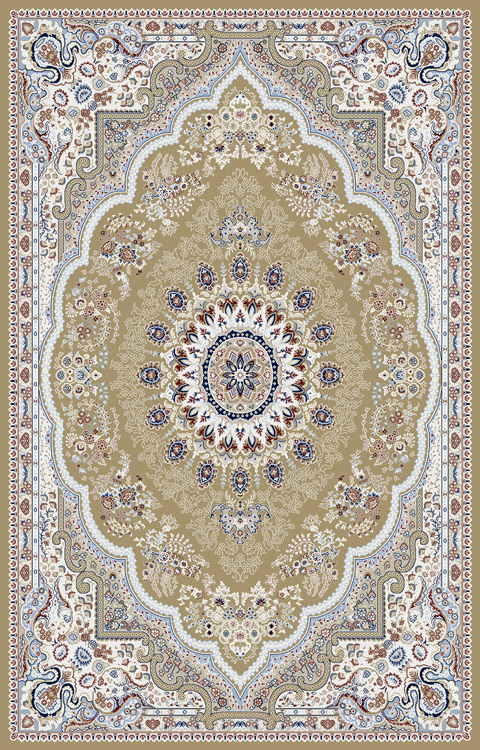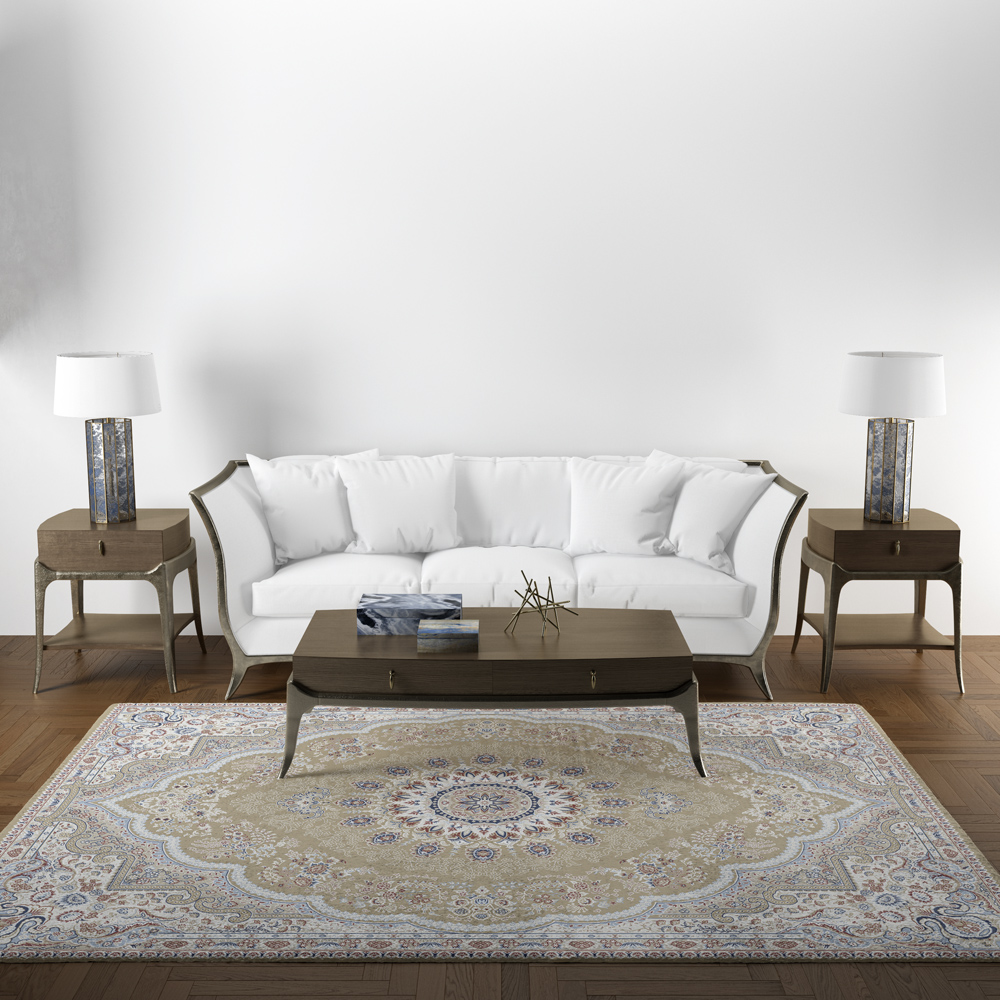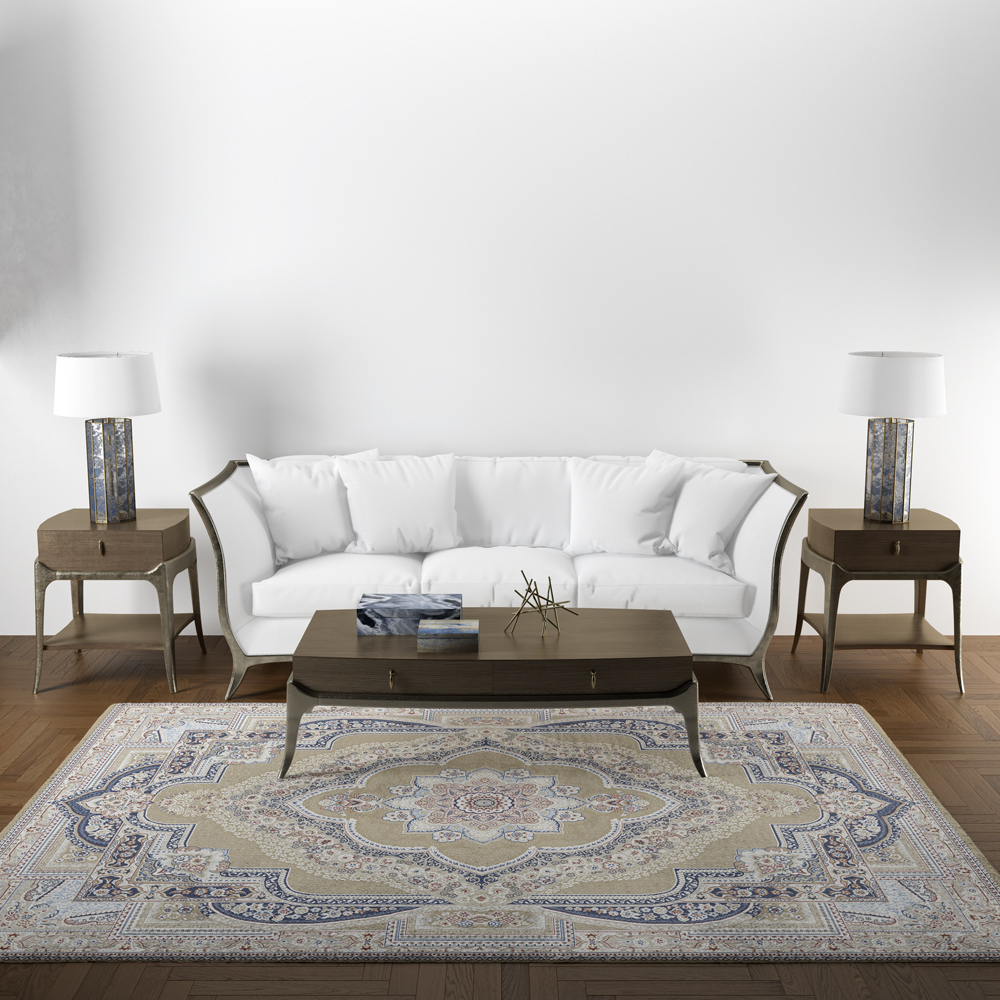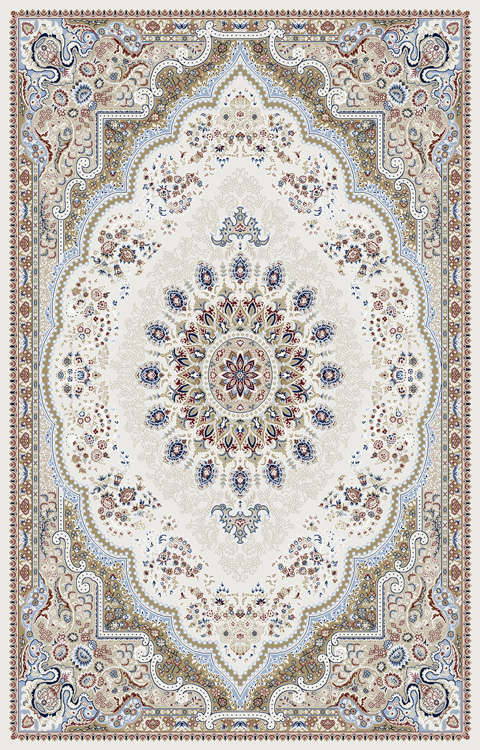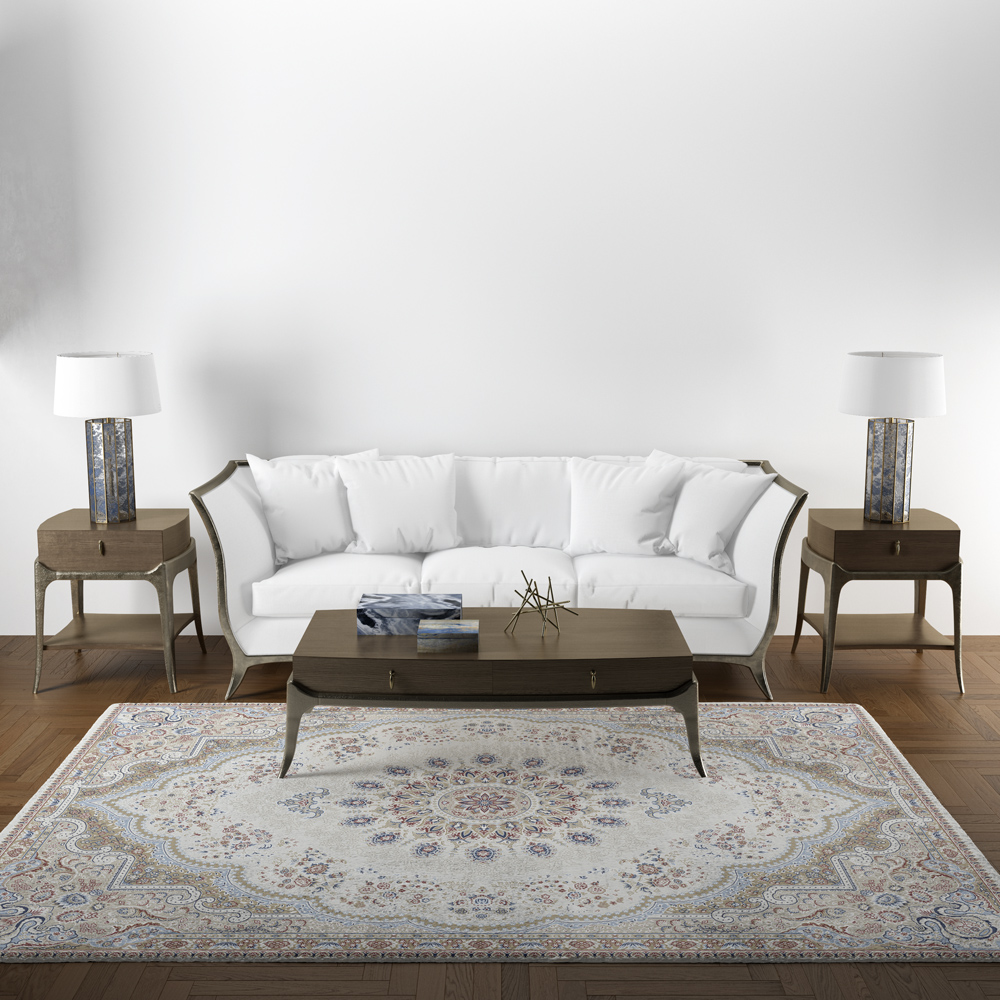A good night’s sleep is a crucial component of overall well-being, and your choice of a pillow plays a significant role in achieving that. While pillows are essential for providing comfort and support, they, like any other household item, have a finite lifespan. In this blog, we’ll delve into the factors that influence the longevity of pillows and offer insights into when it might be time to bid farewell to your trusty sleep companion.
Not One Size Fits All
Pillows, much like mattresses, do not have a one-size-fits-all lifespan. The longevity of a pillow depends on various factors, including the type of filling, usage, and personal preferences. Understanding these factors is crucial to making informed decisions about pillow replacement.
Different pillow fillings have varying lifespans. Feather and down pillows, for example, tend to have a shorter lifespan compared to memory foam or latex pillows. Synthetic pillows fall somewhere in between. Assess the type of filling in your pillow to gauge its expected durability.
The more frequently a pillow is used, the quicker it tends to wear out. If you’re someone who spends a significant amount of time in bed, your pillow may need replacement sooner than that of a person with different sleep habits. Consider how often you use your pillow to estimate its lifespan.
Body sweat and moisture can significantly impact the lifespan of a pillow. Over time, pillows absorb these elements, leading to the development of bacteria, mold, and unpleasant odors. Using pillow protectors and regularly washing pillowcases can help extend the life of your pillow.
Pillow Maintenance
Regular maintenance can play a role in prolonging the life of your pillow. Fluffing and shaking your pillow can help redistribute the filling, preventing it from clumping and losing its support. Following care instructions provided by the manufacturer is essential for optimal pillow maintenance.

Pay attention to signs that indicate your pillow has reached the end of its lifespan. These may include flattened or lumpy areas, a persistent loss of support, an unpleasant odor, or visible wear and tear on the pillow cover. If you notice any of these signs, it’s likely time for a new pillow.
Allergens, such as dust mites, can accumulate in pillows over time, posing potential health risks, especially for individuals with allergies. Regularly washing pillowcases and using hypoallergenic pillow protectors can help mitigate these concerns, but replacement remains a key preventive measure.
The quality of the pillow plays a pivotal role in its lifespan. Investing in a high-quality pillow with durable materials and construction can provide better long-term support and comfort. While the upfront cost may be higher, the extended lifespan and improved sleep quality make it a worthwhile investment.
